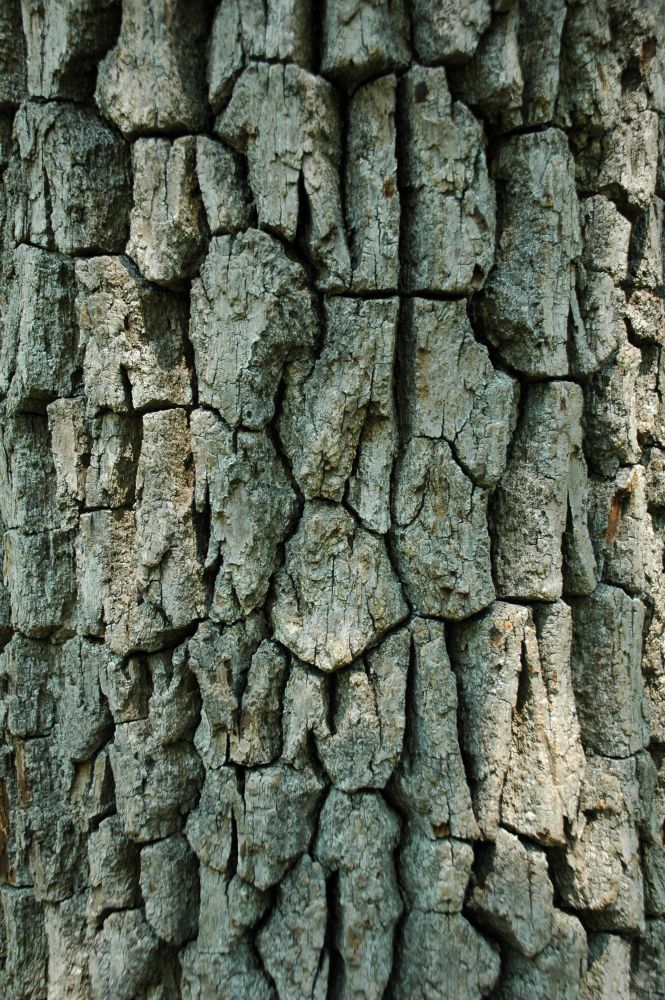Also commonly called black tupelo or sourgum, the black gum (Nyssa sylvatica) is a lesser known native tree species that does not, in fact, produce a gum of any sort. It could have been a slip of the tongue that led to this confusion, as its wood is often used to make gunstocks (gum and gun – it’s pretty close I suppose!) Either way, the timber is strong and has a twisted grain so it cannot be split easily, making its use limited to furniture, guns and pulp. But who needs more than that – especially when you look at all of the other great things this tree has going for it if you leave it standing!

In the spring, both male and female black gum trees display small white-green flowers. These are an important source of nectar for honey bees. In fact, black gums are considered one of the best nectar-producing tree species in North America. If you’ve been following the stories we have put up on Twitter and Facebook about the crash of the honey bee populations across the world, you will agree that planting more species in our neighbourhoods that benefit these tiny pollinators is a good idea! The female trees also produce small blue berries with a high fibre and fat content that ripen in early fall and are a main food source for many migrating and over-wintering birds. Talk about a tree that covers a lot of ground - ecologically speaking - in the urban forest!

This tree is a real looker: leaves have a glossy appearance throughout the year, which offer a unique texture for shade trees in our region. And even the bark stands out with grey-brown ridges that look like alligator skin. To top it all off, black gum leaves change from green to fluorescent orange, red and even purple come fall, making it a beacon of beauty wherever it stands.

In its youth, the tree grows in more of a pyramidal shape with slightly drooping lower branches. But as it ages, the shape becomes more rounded and interesting. Each black gum has its own individual form – some are even flat-topped! Young trees must be container grown due to a tap root that is produced (they don’t like to be dug up and moved once established). They have a deep root system and are in no hurry to spread their branches, tending to grow at a moderate pace.

And how easy-going! The black gum can handle almost every soil type and moisture level – it will even grow in areas that have some standing water. But they do prefer soils with a lower pH, so if you are interested in having one of these beauties in your backyard, make sure you book a consultation with one of our arborists to make sure it’s the right tree for your property. Sign up for our Backyard Tree Planting Program today!
Join me next month when I explore the life history of the “naked” Kentucky coffeetree.
The Backyard Tree Planting Program is supported by Ontario Power Generation, York Region, Ontario Trillium Foundation, The City of Markham and Toronto Hydro.
